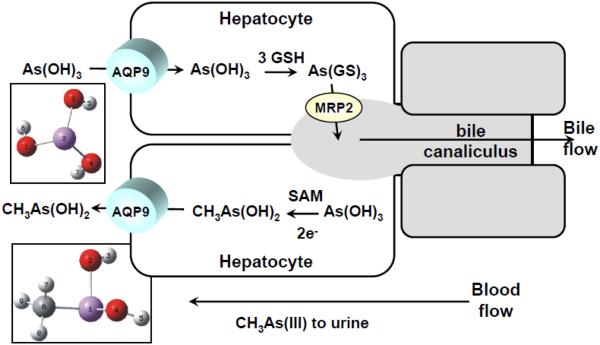Fig. 3. Proposed pathways of metalloid transport in liver.
As(OH)3 in blood flows down its concentration gradient into hepatocytes via AQP9, the major liver isoform. In the cytosol of the hepatocyte, As(OH)3 has two primary fates. After glutathionylation to As(GS)3, it can be pumped into bile by MRP2 or methylated by AS3MT to MAs(OH)2, which then flows down its concentration gradient, also via AQP9, into the blood stream, to bladder and eventually to urine. Thus, bidirectional AQP9 brings As(III) from blood to cytosol and releases the methylated species from cytosol to blood, in both cases passively down a concentration gradient.

